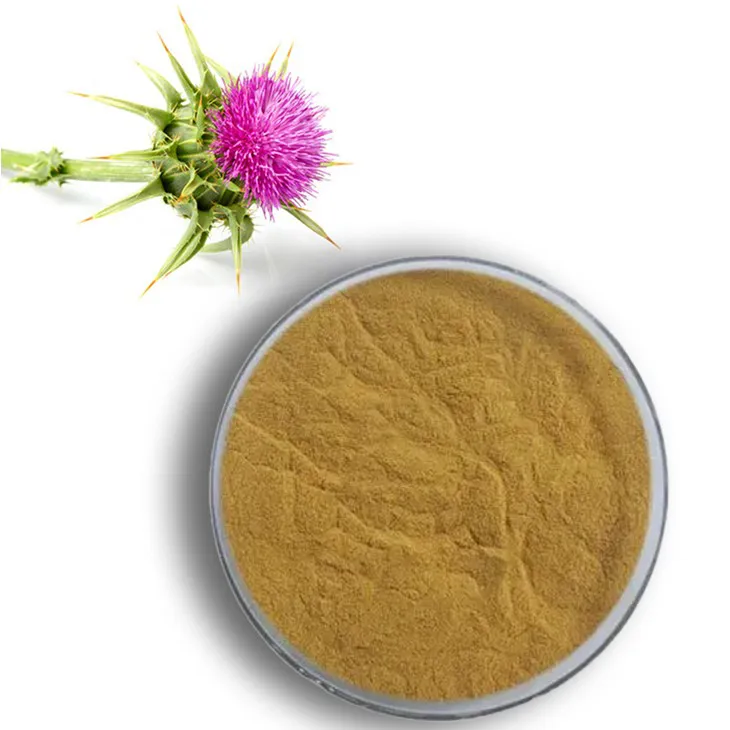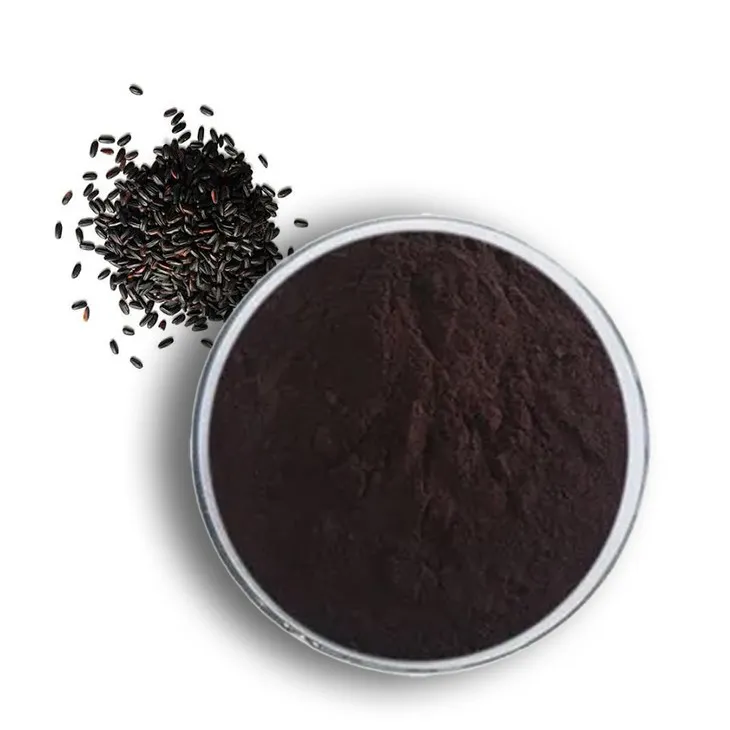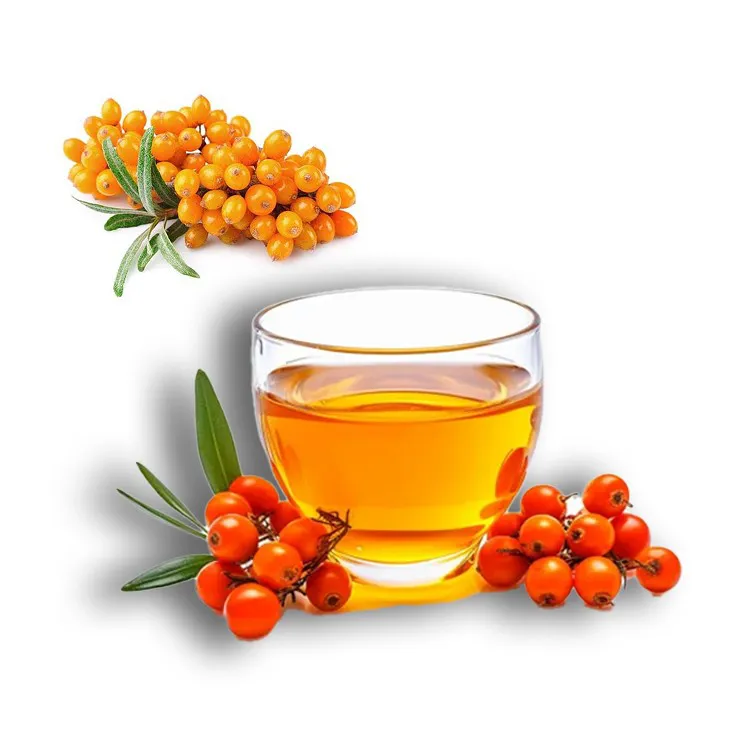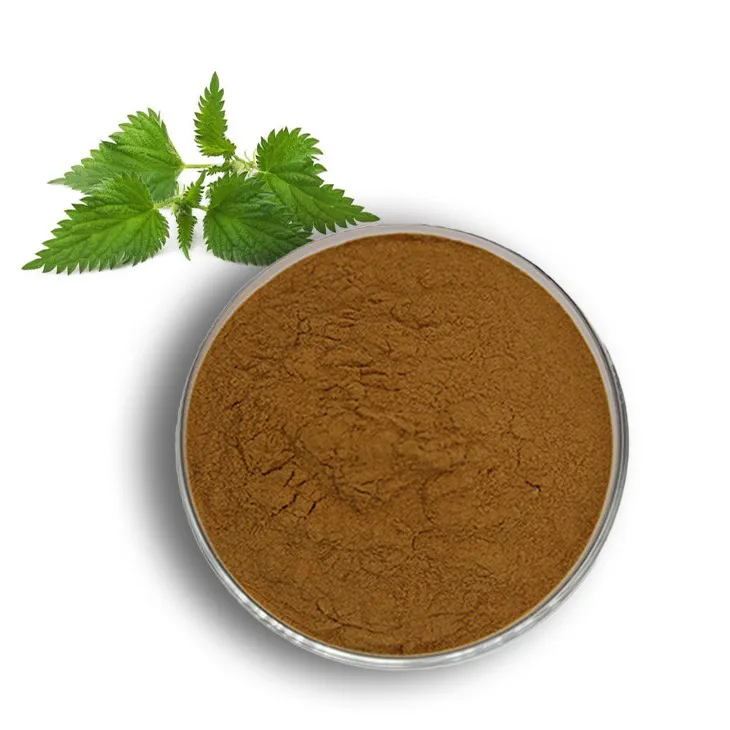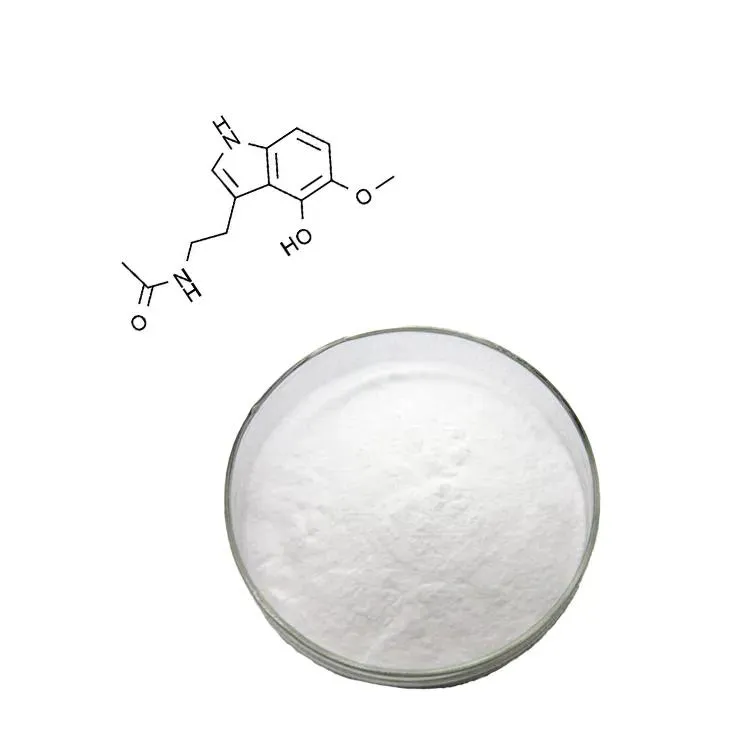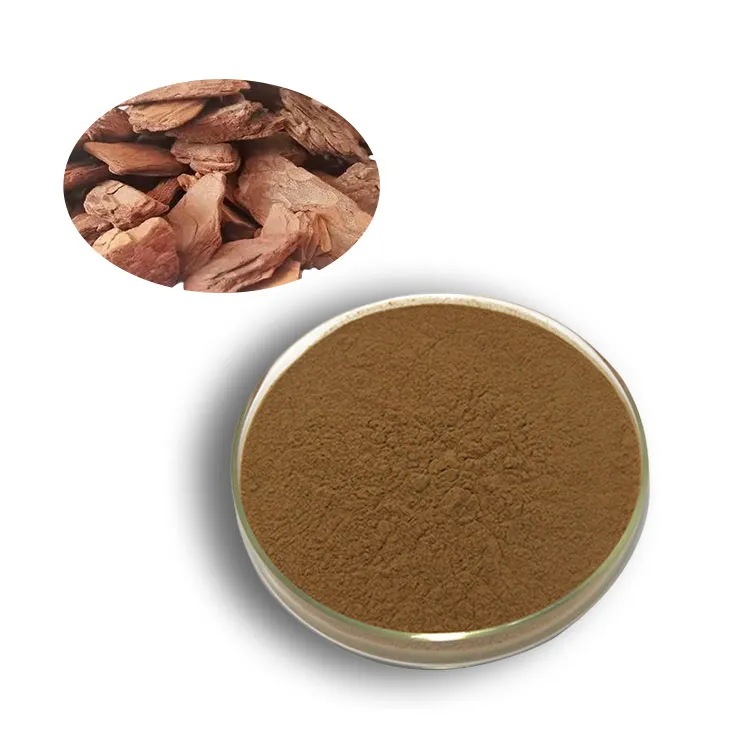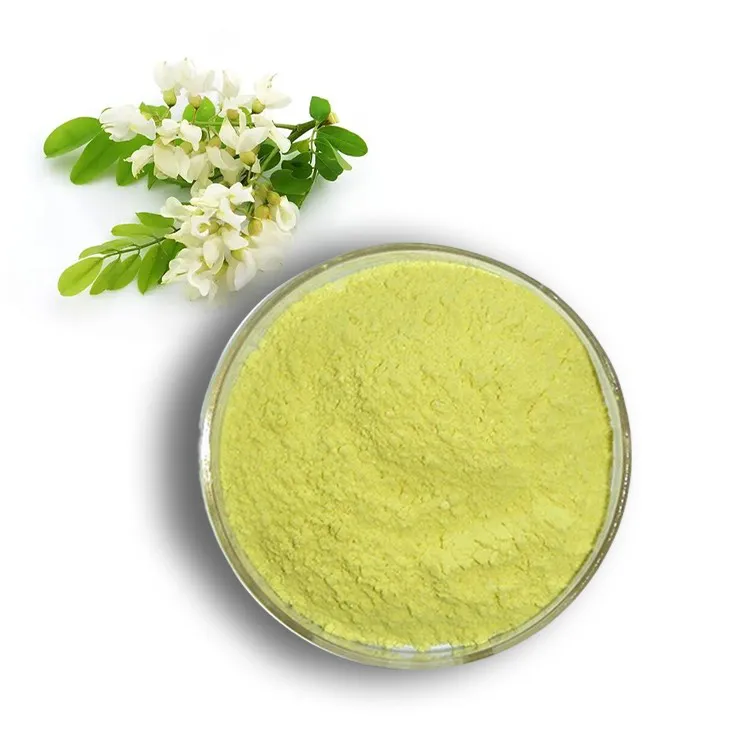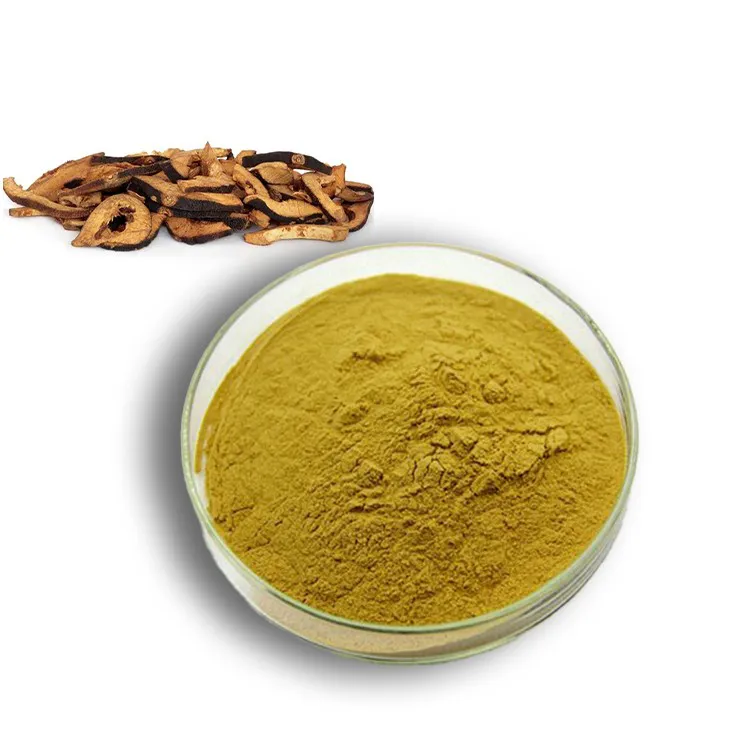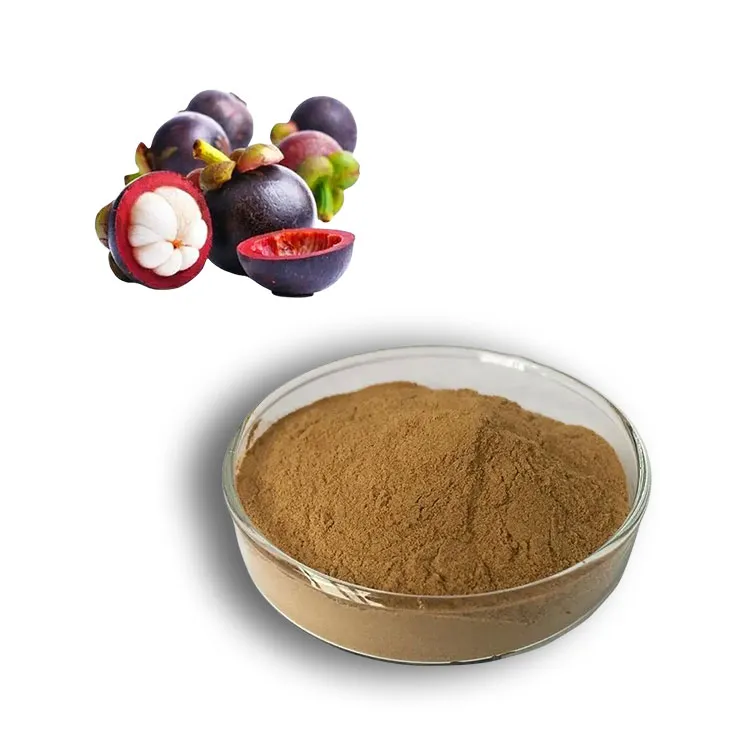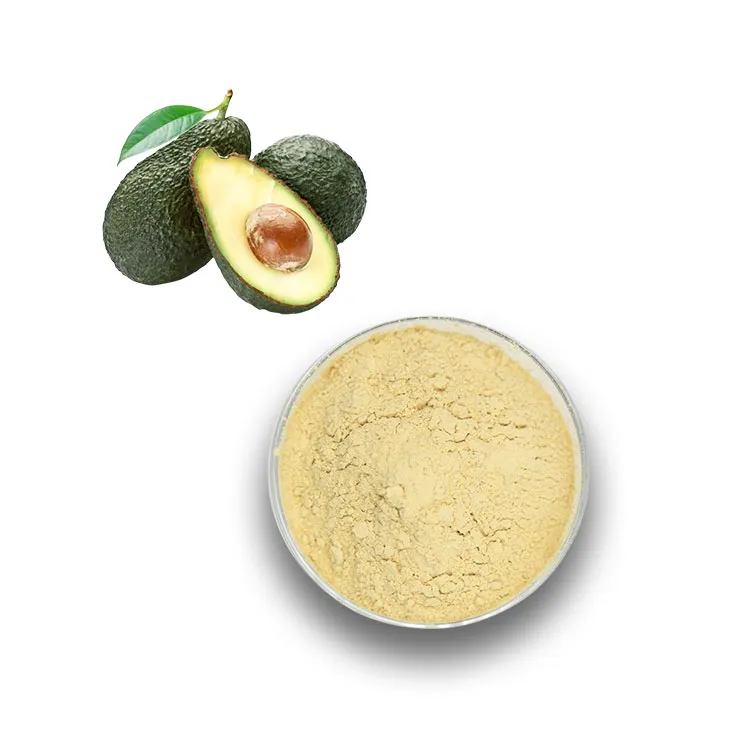- 0086-571-85302990
- sales@greenskybio.com
The Future of Phellodendron: Exploring Its Potential in Health and Beauty
2024-07-03
1. Introduction to Phellodendron
Phellodendron, a plant with a rich history in traditional medicine, is gradually stepping into the spotlight of modern health and beauty research. Originating from various regions, it has been used for centuries in different cultures for its medicinal properties.
2. Phellodendron in Traditional Medicine
2.1 Historical Use
In traditional Chinese medicine, Phellodendron has been a staple ingredient. It was often used to treat conditions such as inflammation, fever, and digestive disorders. Ancient practitioners recognized its potential in restoring the body's balance. For example, it was used in herbal formulas to cool the body and relieve excessive heat symptoms.2.2 Cultural Significance
In Japanese and Korean traditional medicine as well, Phellodendron held a significant place. It was passed down through generations as a remedy for various ailments. This shows the widespread acceptance and recognition of its value across different Asian cultures.3. The Health - Promoting Potential of Phellodendron
3.1 Antioxidant Properties
Modern scientific research has revealed that Phellodendron is rich in antioxidants. These antioxidants play a crucial role in neutralizing free radicals in the body. Free radicals are unstable molecules that can cause damage to cells, leading to various health problems such as premature aging, heart disease, and cancer. By scavenging these free radicals, the antioxidants in Phellodendron help to protect the body's cells and tissues. For instance, studies have shown that certain compounds in Phellodendron can significantly reduce oxidative stress markers in laboratory models.3.2 Anti - Inflammatory Effects
Another important aspect of Phellodendron's health potential is its anti - inflammatory properties. Inflammation is a natural response of the body to injury or infection, but chronic inflammation can be harmful. Phellodendron contains bioactive compounds that can modulate the body's inflammatory response. Clinical trials have suggested that it may be effective in reducing inflammation in conditions such as arthritis. It does this by interfering with the production of inflammatory mediators in the body.3.3 Digestive Health Benefits
Phellodendron also has potential benefits for digestive health. It can help to regulate the digestive system by promoting the growth of beneficial gut bacteria. A healthy gut microbiome is essential for proper digestion, nutrient absorption, and overall immune function. Some studies have indicated that Phellodendron Extracts can improve gut motility and reduce symptoms of indigestion.4. Phellodendron in the Field of Beauty
4.1 Skin - Enhancing Qualities
In the beauty industry, Phellodendron is showing great promise. Its antioxidant properties are beneficial for the skin as well. Antioxidants in Phellodendron can protect the skin from environmental damage, such as UV radiation and pollution. This helps to prevent premature aging of the skin, including the formation of wrinkles and fine lines. Additionally, Phellodendron has been found to have anti - bacterial properties, which can be useful in treating skin infections and acne.4.2 Hair Health
There is also emerging evidence that Phellodendron can contribute to hair health. It may help to strengthen hair follicles and promote hair growth. Some hair products are starting to incorporate Phellodendron Extracts, aiming to improve the overall condition of the hair, such as reducing hair loss and increasing hair thickness.5. Scientific Research and Studies on Phellodendron
5.1 Laboratory Studies
In laboratory settings, researchers have been conducting in - depth studies on Phellodendron. They have isolated various bioactive compounds from the plant and analyzed their chemical structures and properties. These studies have provided valuable insights into how these compounds interact with cells and biological processes in the body. For example, some laboratory experiments have focused on the anti - cancer potential of Phellodendron compounds, although more research is needed in this area.5.2 Clinical Research
Clinical research on Phellodendron is also underway. These studies involve human subjects and are designed to evaluate the safety and efficacy of Phellodendron - based products. For instance, in a recent clinical trial on the use of Phellodendron for skin conditions, researchers observed positive results in terms of skin improvement, but also noted the need for further long - term studies to confirm its long - term safety and effectiveness.6. Product Development and Applications
6.1 Dietary Supplements
With the growing recognition of Phellodendron's health benefits, it is being incorporated into dietary supplements. These supplements are formulated to provide a convenient way for consumers to obtain the potential health - promoting compounds of Phellodendron. However, it is important to ensure the quality and safety of these supplements through proper manufacturing processes and regulatory compliance.6.2 Cosmetic Products
In the beauty market, Phellodendron is finding its way into various cosmetic products. Skin creams, lotions, and serums are being developed with Phellodendron Extracts. These products claim to offer skin - rejuvenating and anti - aging benefits. Hair care products, such as shampoos and conditioners, are also being enhanced with Phellodendron to improve hair health.7. Challenges and Considerations
7.1 Standardization of Extracts
One of the main challenges in the development of Phellodendron - based products is the standardization of its extracts. Different extraction methods can result in varying compositions of bioactive compounds, which can affect the product's efficacy and safety. Therefore, there is a need for standardized extraction protocols to ensure consistent quality.7.2 Safety and Toxicity
Although Phellodendron has a long history of use in traditional medicine, its safety and toxicity in modern applications need to be further investigated. Some individuals may be allergic to Phellodendron, and long - term use of high - dose products may pose potential risks. Rigorous safety studies are required to address these concerns.7.3 Regulatory Hurdles
In the development and marketing of Phellodendron - based products, regulatory requirements pose another challenge. Different countries have different regulations regarding herbal products, and ensuring compliance can be a complex process.8. Conclusion
Phellodendron holds great potential in the fields of health and beauty. Its historical use in traditional medicine, combined with modern scientific research, suggests that it could be a valuable ingredient in various products. However, challenges such as extract standardization, safety, and regulatory issues need to be addressed. With further research and development, Phellodendron may play an increasingly important role in promoting human health and enhancing beauty in the future.
FAQ:
What are the antioxidant properties of Phellodendron?
Phellodendron contains certain compounds that are believed to have antioxidant properties. These compounds can help in neutralizing free radicals in the body. Free radicals are unstable molecules that can cause damage to cells, leading to various health issues. By scavenging these free radicals, Phellodendron may contribute to overall health improvement, such as reducing the risk of chronic diseases and promoting healthy aging.
How can Phellodendron enhance skin in the beauty aspect?
Phellodendron might enhance the skin in several ways. It could have anti - inflammatory properties which can be beneficial for skin conditions like acne or eczema. Also, its antioxidant properties may help in preventing premature skin aging by reducing oxidative stress on the skin cells. Additionally, it may play a role in maintaining the skin's moisture balance and promoting a healthy complexion.
What is the historical use of Phellodendron in traditional medicine?
In traditional medicine, Phellodendron has been used for a long time. It was often used to treat various ailments. For example, it was used for digestive problems, as it was thought to have properties that could help with digestion and relieve stomach discomfort. It was also used in remedies for certain infections due to its potential antimicrobial properties.
How is modern science researching Phellodendron?
Modern science is using various methods to research Phellodendron. Scientists are conducting in - vitro studies to understand the chemical composition and the biological activities of its compounds. They are also doing in - vivo studies in animals to see the effects on health and disease models. Additionally, there are some clinical trials starting to explore its potential benefits in humans, especially in relation to health and beauty applications.
Are there any potential side effects of using Phellodendron?
While Phellodendron has shown potential benefits, there may be some potential side effects. Some people may experience allergic reactions to it. Also, if used in excessive amounts, it could potentially cause adverse effects on the digestive system, such as nausea or diarrhea. However, more research is needed to fully understand the scope and frequency of these potential side effects.
Related literature
- Antioxidant and Anti - inflammatory Activities of Phellodendron Extracts"
- "Phellodendron in Traditional Chinese Medicine and Its Modern Applications"
- "The Role of Phellodendron in Skin Health and Beauty"
- ▶ Hesperidin
- ▶ Citrus Bioflavonoids
- ▶ Plant Extract
- ▶ lycopene
- ▶ Diosmin
- ▶ Grape seed extract
- ▶ Sea buckthorn Juice Powder
- ▶ Fruit Juice Powder
- ▶ Hops Extract
- ▶ Artichoke Extract
- ▶ Mushroom extract
- ▶ Astaxanthin
- ▶ Green Tea Extract
- ▶ Curcumin
- ▶ Horse Chestnut Extract
- ▶ Other Product
- ▶ Boswellia Serrata Extract
- ▶ Resveratrol
- ▶ Marigold Extract
- ▶ Grape Leaf Extract
- ▶ New Product
- ▶ Aminolevulinic acid
- ▶ Cranberry Extract
- ▶ Red Yeast Rice
- ▶ Red Wine Extract
-
Milk Thistle Extract
2024-07-03
-
Black Rice Extract
2024-07-03
-
Sea buckthorn oil
2024-07-03
-
Nettle Root Extract
2024-07-03
-
melatonin extract
2024-07-03
-
Pine bark Extract Powder
2024-07-03
-
Troxerutin
2024-07-03
-
Citrus Aurantium Extract
2024-07-03
-
Mangosteen extract powder
2024-07-03
-
Avocado Extract Powder
2024-07-03











